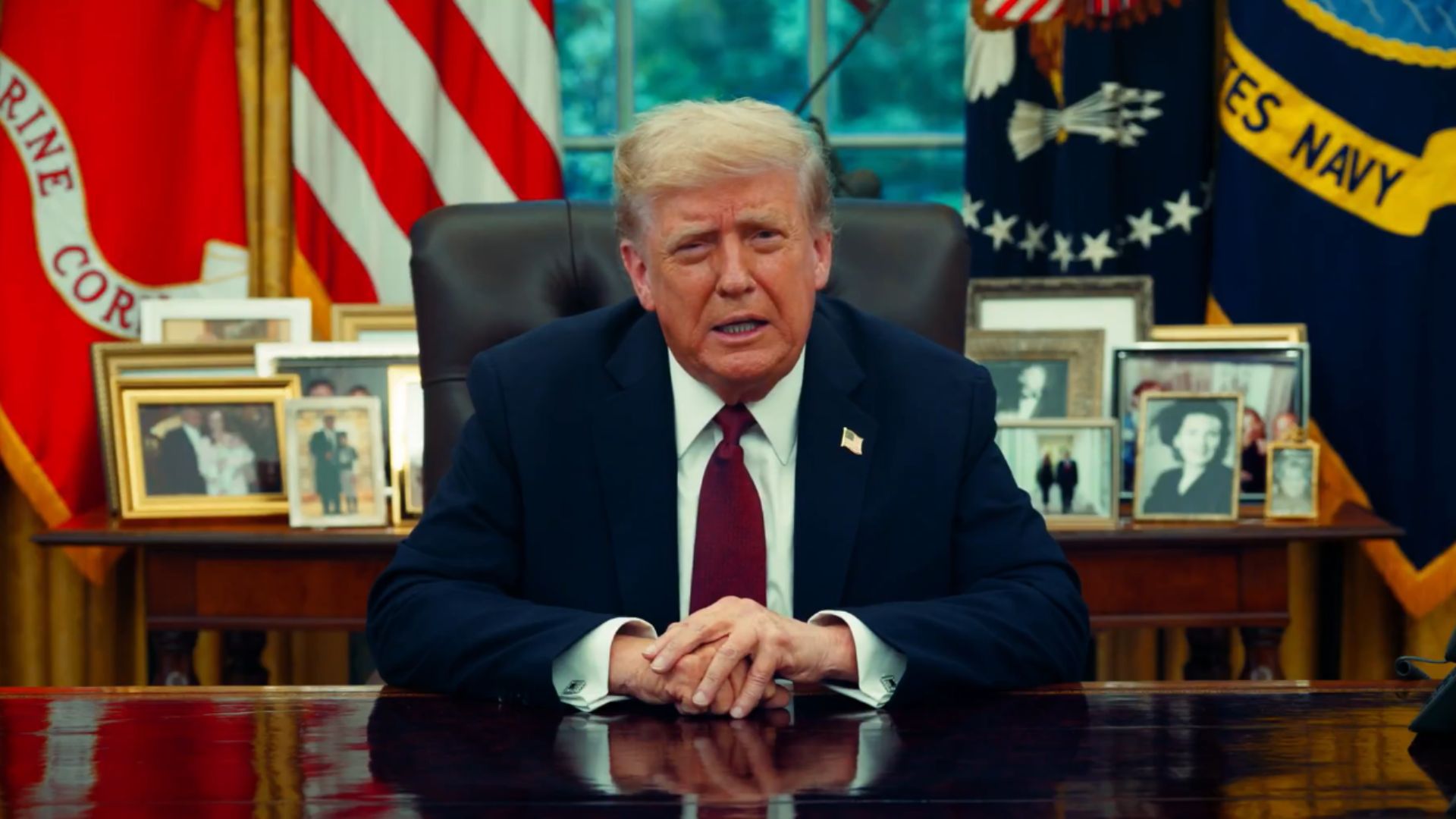Nationwide “No Kings” protests over the weekend drew thousands of participants across multiple cities, but the demonstrations are now facing questions over their funding, coordination, and overall purpose.
Despite being promoted as spontaneous, participant interviews and organizer data indicate the events were heavily coordinated by established activist networks with significant financial backing.
The protests, billed as an anti-Trump movement, were held in dozens of cities including Seattle, Chicago, and New York.

MORE NEWS: Florida Files Supreme Court Case After Illegal Immigrant Truck Driver Kills Three [WATCH]
Promotional materials described them as a defense of democracy against “authoritarianism,” but when pressed for specifics, many demonstrators struggled to explain the purpose of their protest.
According to PJ Media, the protests were supported by several left-leaning organizations that specialize in political mobilization.
The report found that participants received pre-event training sessions and communication templates—suggesting that the movement was less a grassroots demonstration and more a coordinated effort by professional political groups opposed to President Donald Trump.
Turning Point USA correspondent Caroline Joyous conducted multiple on-the-ground interviews with protesters, revealing widespread confusion about the protest’s message.
🚨 WOMAN AT ‘NO KINGS’: How has President Trump put your freedom in jeopardy?
MAN: I wouldn’t say MY freedom…
WOMAN: So why are you here?
MAN: 😶😶
—
WOMAN: How has President Trump put your freedom in jeopardy?LIBERAL: I think, um, he has done so, by….sorry.
ANOTHER… pic.twitter.com/iyrsRydZzQ
— Eric Daugherty (@EricLDaugh) October 19, 2025
This Could Be the Most Important Video Gun Owners Watch All Year
In one interview, a woman carrying a sign accusing Trump of “endangering democracy” was asked to explain her reasoning. After hesitating, she replied that she disagreed with “a lot of decisions” before cutting the interview short, saying it was not “appropriate” for her to continue.
When asked why she was out there, her answer was succinct and compelling.
(Frankiescales) pic.twitter.com/AXNOC642gI
— Dr. Jebra Faushay (@JebraFaushay) October 19, 2025
In another encounter, two protesters dressed in frog costumes gave conflicting answers about their motives.
One, dressed in pink, said she feared Trump was threatening free speech, while the other, wearing green, said they were protesting Trump’s leadership but admitted he could not identify any specific actions that had inspired the protest.
🚨#BREAKING: Two “No Kings” protestors in frog costumes were interviewed by the news in Charlotte NC asking what they were protesting for.
Neither could give a coherent answer.
“We’re worried we are gonna lose and we are here, to prove like, we don’t wanna lose that right…” pic.twitter.com/6JaqlcAPT0
— Matt Van Swol (@matt_vanswol) October 18, 2025
MORE NEWS: Man Charged After ‘Political Trigger Moment’ Leads to Shooting at Trump Supporter [WATCH]
The name “No Kings” was intended to symbolize opposition to perceived executive overreach. However, several participants appeared uncertain about what policies or events were being referenced.
Social media footage shared by multiple outlets showed demonstrators holding signs and chanting slogans, but when asked about the meaning of the event’s title, few could provide consistent answers.
Attendees at the “No Kings” protest were asked how President Trump is acting like a king. Check out some of the responses!
Thoughts? ⬇️ 🇺🇸 pic.twitter.com/jNF0NcVrrp
— Tony Lane 🇺🇸 (@TonyLaneNV) October 20, 2025
Observers have noted that the “No Kings” demonstrations closely resemble earlier protest efforts organized by major progressive networks. These include professionally produced signage, coordinated talking points, and identical chants across multiple states.
EMBARRASING! No Kings Protestor has NO clue what he’s talking about. pic.twitter.com/oXYPMZ6Qld
— Fabian 🇺🇸 (@politicalfabian) October 20, 2025
Critics say the protests’ uniform presentation and lack of clear messaging point to centralized planning rather than organic civic participation.
Despite the significant turnout and media attention, there were no reports of major violence or arrests at any of the weekend’s events. Local police in several cities confirmed that they maintained standard protest security protocols and did not encounter large-scale disruptions.
Political analysts note that while the “No Kings” demonstrations received extensive coverage, the absence of a unified message could undermine their long-term impact. Organizers have not released a policy agenda or a list of demands related to the protests.
The protests come amid heightened political tensions and a series of nationwide demonstrations connected to opposition movements against President Trump’s administration. Federal officials have not commented on the protests or on reports of outside funding behind them.
For now, the “No Kings” protests have drawn attention primarily for their scope and organization rather than for any concrete message.
As the post-protest analysis continues, both supporters and critics are calling for greater transparency about who coordinated the demonstrations and what specific outcomes they seek to achieve.
Join the Discussion
COMMENTS POLICY: We have no tolerance for messages of violence, racism, vulgarity, obscenity or other such discourteous behavior. Thank you for contributing to a respectful and useful online dialogue.